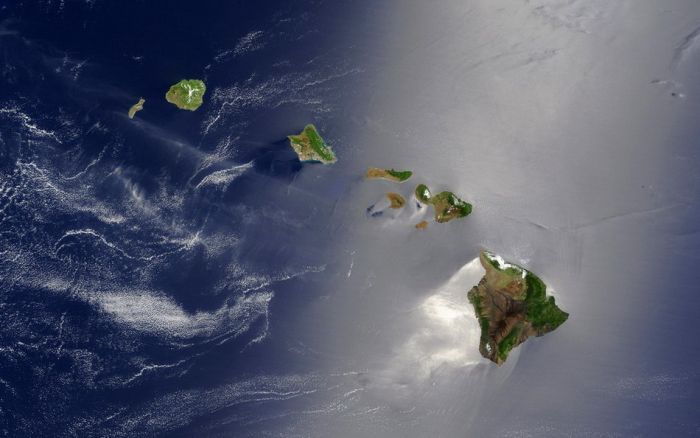|
|
Earth From Space
|
- The United States designates people who travel above an altitude of 50 miles (80 km) as astronauts.
- NASA's mission control uses 76 miles (122 km) as their re-entry altitude, which roughly marks the boundary where atmospheric drag becomes noticeable (depending on the ballistic coefficient of the vehicle), thus leading shuttles to switch from steering with thrusters to maneuvering with air surfaces.
In 2009, scientists at the University of Calgary reported detailed measurements with an instrument called the Supra-Thermal Ion Imager (an instrument that measures the direction and speed of ions), which allowed them to determine that space begins 118 kilometres (73 mi) above Earth. The boundary represents the midpoint of a gradual transition over tens of kilometers from the relatively gentle winds of the Earth's atmosphere to the more violent flows of charged particles in space, which can reach speeds well over 600 miles per hour (1,000 km/h).
This was only the second time that direct measurements of charged particle flows have been conducted at this region, which is too high for balloons and too low for satellites. It was however the first study to include all the relevant elements for this kind of determination – for example, the upper atmospheric winds.
|
|









